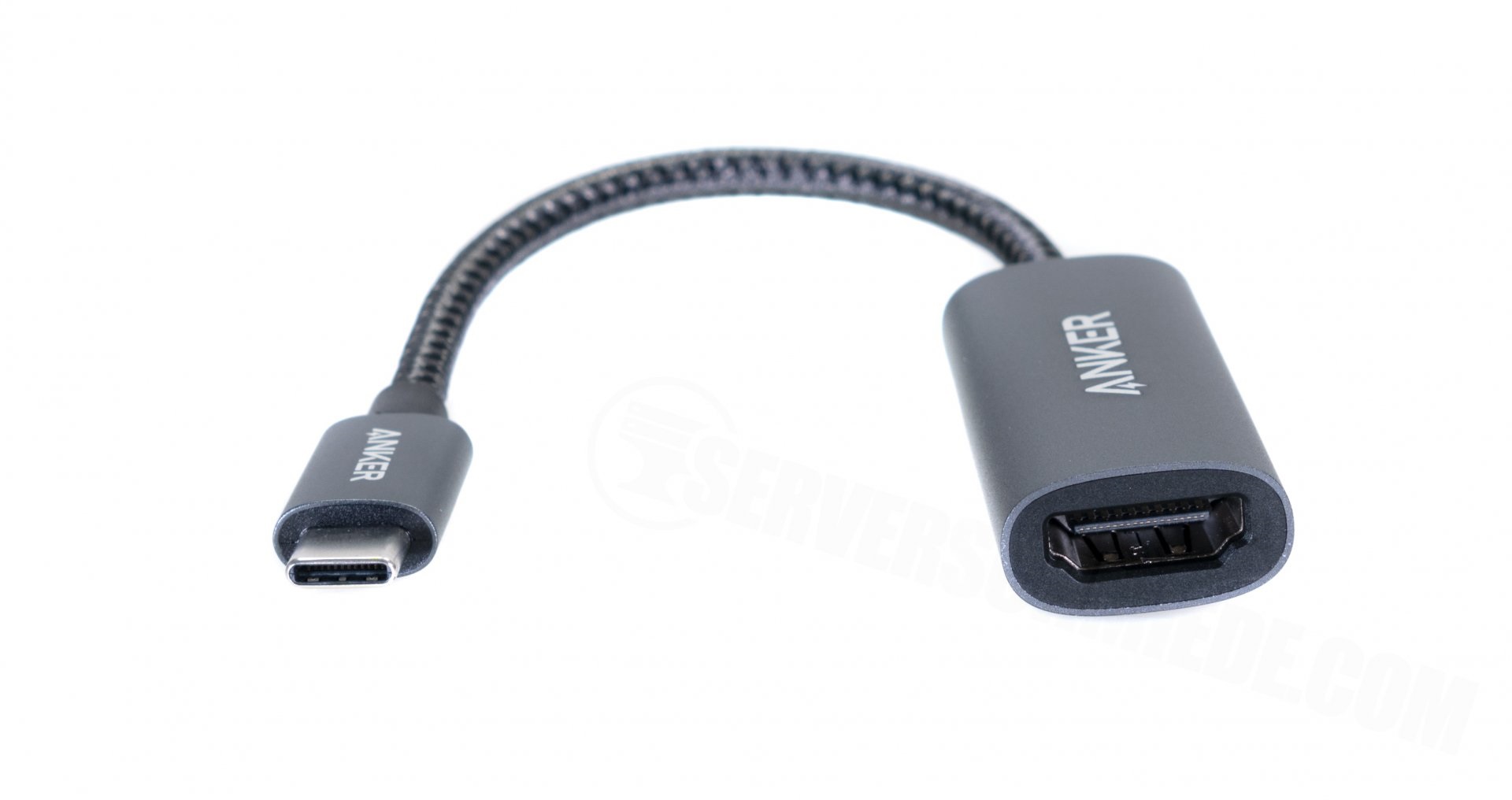
In the dynamic realm of processor innovation, major players like Apple, Nvidia, Qualcomm, and Samsung are not just integrating AI into their products for enhanced performance; they are also leveraging AI in the very design process of these processors. A prime example is Intel, which plans to unveil its groundbreaking Meteor Lake processors, aiming to revolutionize laptops into what it terms “AI PCs.” What sets Meteor Lake apart is not just its end goal but the role AI played in its creation.
AI’s Dual Role in Processor Development:
- Early Bug Detection and Faster Market Arrival:
- AI tools are instrumental in catching bugs in the early stages of the design process, ensuring quicker time-to-market for chips.
- This accelerates the manufacturing timeline and minimizes the likelihood of flaws, resulting in more processors making it into final products.
- Optimizing Processor Variability with “Chiplets”:
- Meteor Lake, Intel’s innovative processor comprised of multiple stacked “chiplets,” benefits from AI in optimizing the saleability of each processor variant.
- AI aids in navigating the intricate differences in components, enhancing the overall yield of sellable units.
The Crucial Impact on Intel’s Competitiveness:
- Boosting Sellable Units Significantly:
- According to Shlomit Weiss, co-leader of Intel’s Design Engineering Group, AI tools contribute to a substantial increase in sellable units.
- This is a critical factor for Intel, striving to regain leadership in chipmaking and fortify the US industrial base.
- Moore’s Law Challenges Addressed with AI:
- As Moore’s Law advances, involving an increasing number of transistors, AI becomes indispensable in optimizing intricate details that surpass human capability.
- AI, particularly reinforcement learning, steps in to explore options and streamline the design process, reducing the manual tuning required.
A Collaborative Approach:
- Integration of External and Internal AI Tools:
- Intel combines AI tools from external chip design companies with internally developed tools to achieve optimal results.
- Examples include AI-driven bug analysis during design simulation, generative AI tools for test creation, and AI-based scrutiny of chips on the manufacturing line.
- Generative AI for Test Creation:
- Intel pioneers the use of OpenAI’s GPT, adapted for its specific needs, to generate tests that ensure chip designs align with specifications.
- This minimizes human error in the testing phase and enhances the overall reliability of chip designs.
Future Implications for Processor Design:
- Reinforcement Learning and Beyond:
- AI, particularly reinforcement learning, plays a pivotal role in shaping the future of processor design by optimizing outcomes closer to desired goals.
- The evolving landscape of AI tools promises to streamline complex decision-making processes.
- Balancing Complexity for Higher Yields:
- In the case of Meteor Lake’s interlinked chiplets, AI navigates the complexity of multiple die combinations, striking the right balance for a higher yield.
- This not only maximizes the number of usable chips but also enhances performance and power efficiency.
As Intel pioneers the integration of AI into the intricate world of processor design, it not only strives to reclaim its leadership but also sets the stage for a new era where artificial intelligence becomes indispensable in crafting the processors that power our digital world.




